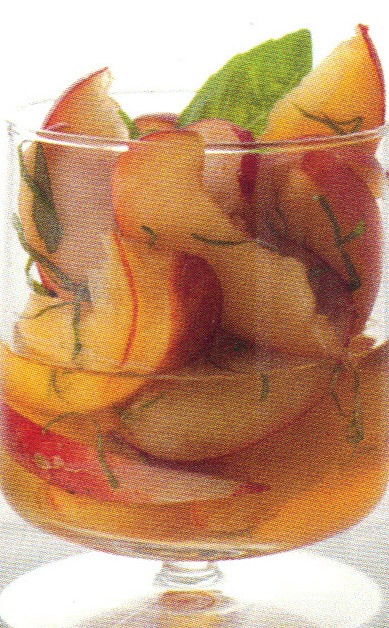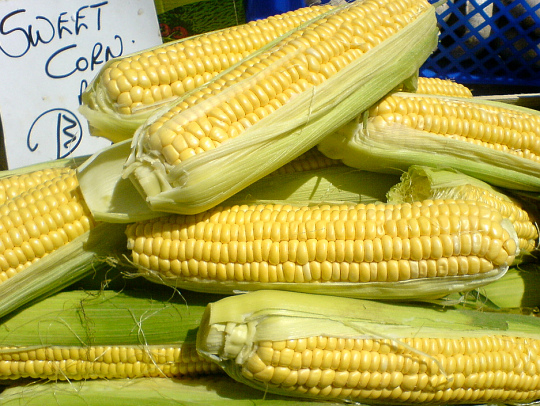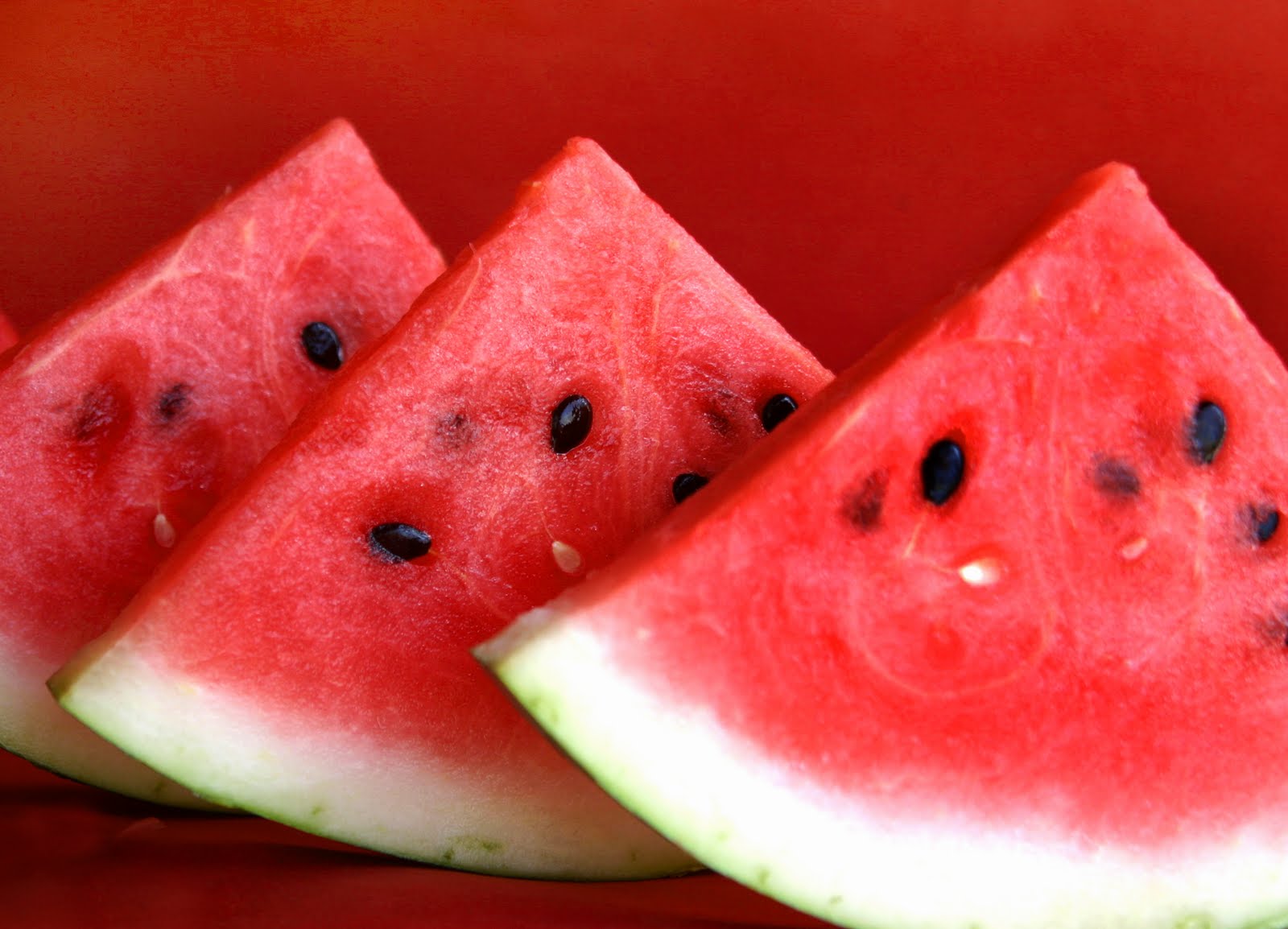 I hope you are all having a wonderful summer. My husband, daughter and I are off to Morocco and Madrid and will be traveling for two weeks (I hope our house guests enjoy themselves!). We are returning to places we have loved in the past and visiting a dear friend in Morocco whom we haven't seen in 14 years. His family has grown as has ours. It's been a time of rapid growth in the world and I know we will see many changes on our journey. Yet some images remain steadfast. I can already inhale the sweet fragrant mint tea that awaits us in Marrakesh. I look forward to "breaking bread" with our friend's family during Ramadan. Excitement rushes through me as I imagine a slow walk through the Prado; tapas at 11 p.m., and a bit of sultry Flamenco afterwards. It will be a joy to see all of it through the eyes of our 16-year-old daughter. During the next two weeks I will be sharing reviews of two new favorite vegetarian cookbooks, some news from our trip, and who knows what else. In the meantime, here are two recipes from Radically Simple -- with evocative flavors from Morocco and Spain -- meant to whet your appetite on a balmy summer night.
Couscous Salad with Dates & Toasted Almonds
I hope you are all having a wonderful summer. My husband, daughter and I are off to Morocco and Madrid and will be traveling for two weeks (I hope our house guests enjoy themselves!). We are returning to places we have loved in the past and visiting a dear friend in Morocco whom we haven't seen in 14 years. His family has grown as has ours. It's been a time of rapid growth in the world and I know we will see many changes on our journey. Yet some images remain steadfast. I can already inhale the sweet fragrant mint tea that awaits us in Marrakesh. I look forward to "breaking bread" with our friend's family during Ramadan. Excitement rushes through me as I imagine a slow walk through the Prado; tapas at 11 p.m., and a bit of sultry Flamenco afterwards. It will be a joy to see all of it through the eyes of our 16-year-old daughter. During the next two weeks I will be sharing reviews of two new favorite vegetarian cookbooks, some news from our trip, and who knows what else. In the meantime, here are two recipes from Radically Simple -- with evocative flavors from Morocco and Spain -- meant to whet your appetite on a balmy summer night.
Couscous Salad with Dates & Toasted Almonds
I developed this recipe for Bon Appetit magazine, and I'm told it became one of their most popular salads. Quite versatile, it can be part of a mezze offering or a great accompaniment to roast lamb. For best results, do not refrigerate and serve at room temperature.
1/3 cup slivered almonds scant 2 cups couscous 1-1/2 cups cooked (or canned) chickpeas 1/4 cup extra-virgin olive oil 2 scallions, finely chopped, white and green parts 10 large dates, pitted and finely diced 1 teaspoon ground cardamom grated zest and juice of 2 lemons 1/3 cup coarsely chopped cilantro
In a large saucepan, bring 2 cups of salted water to a boil. Lightly toast the almonds in a small skillet over medium heat until fragrant, about 2 minutes. Set aside. Add the couscous to the boiling water and stir. Cover and remove from the heat. Let sit for 4 minutes. Uncover and fluff with a fork. Transfer to a large bowl. Add the almonds, chickpeas (drained and rinsed), olive oil, scallions, dates, cardamom, lemon zest, and 3 tablespoons (or more) lemon juice. Stir in the cilantro, salt and pepper. Serves 6
Avocado Soup with Fino Sherry
If you pre-chill the ingredients for this awesome soup, it can be made in a minute! It has a mesmerizing flavor and velvety texture. If making the soup ahead of time, chill well and add the sherry (and optional garlic) at the very end. More awesome still: crumble blue cheese on top and serve with Marcona almonds.
2 medium-large ripe avocados 3 cups chicken broth, chilled 2 cups buttermilk, chilled 2 tablespoons fino sherry 1 small garlic clove, optional
Cut the avocados in half and remove the pits. Scoop the flesh into a food processor. Add the broth and 1-1/2 cups of the buttermilk. Process until very smooth. Stir in the sherry and garlic, pushed through a press. Add salt and freshly ground black pepper to taste. Ladle into bowls and drizzle each serving with a bit of the remaining buttermilk which will float on top. Serves 4 or 5
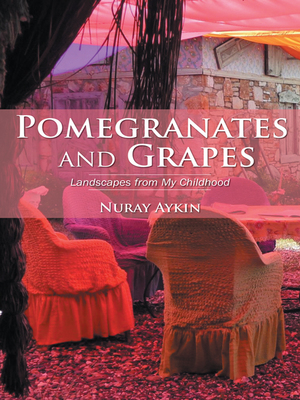 Pomegranates and Grapes:
Landscapes from My Childhood
By Nuray Aykin (iUniverse 2012)
Pomegranates and Grapes:
Landscapes from My Childhood
By Nuray Aykin (iUniverse 2012) 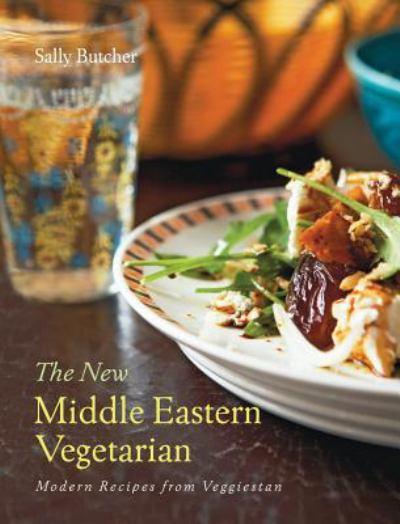 The New Middle Eastern Vegetarian:
Modern Recipes from Veggiestan
By Sally Butcher (Interlink Books, 2012)
The New Middle Eastern Vegetarian:
Modern Recipes from Veggiestan
By Sally Butcher (Interlink Books, 2012)
